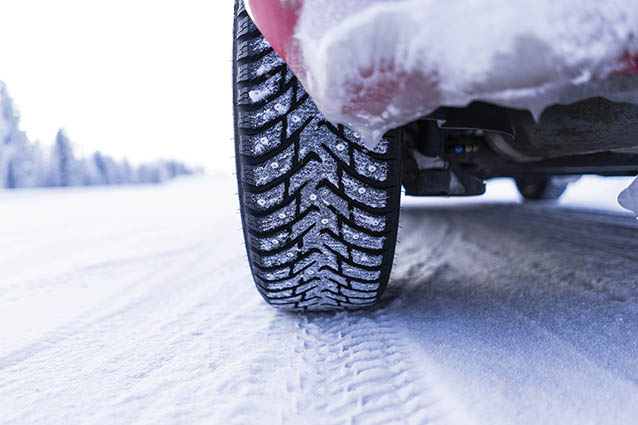Summer and fall can stake their claim as road trip season, and even devoted drivers may admit that winter is generally a less desirable time to take to the open road. The elements factor heavily into that reputation, as fewer hours of daylight, snow and ice are just some of the variables that can make it less enjoyable, and potentially more dangerous, to drive in winter.
In anticipation of adverse driving conditions, vehicle owners can take various steps to prepare their cars and trucks for winter.
Upgrade your wiper blades. Perhaps nothing is compromised more than visibility when driving in winter compared to other times of year. Snow makes it hard to see when driving, but fewer hours of daylight also can affect visibility. In fact, the Insurance Institute for Highway Safety reports that approximately half of all fatal crashes occur between 6 p.m. and 6 a.m., even though the number of drivers on the road during those hours is considerably lower than it is during the daytime. The difficulty of driving at night is even more significant when wiper blades are not up to the task of keeping rain and snow off drivers’ windshields. Prior to winter, inspect wiper blades and upgrade them, if necessary. Streaks left on a windshield are a telltale sign that blades need to be replaced.
Purchase winter tires. Winter tires may not be necessary in regions with relatively mild winters. However, drivers accustomed to winters marked by heavy snowfall and/or icy roads should consider replacing their existing tires with winter tires. Many newer vehicles are now equipped with all-season tires, which the tire experts at Bridgestone note provide great performance but are not designed to handle extreme winter conditions like snow and ice. Winter tires are specially designed to handle such conditions, making them a worthy investment for drivers who live in regions where it’s not unusual to encounter snow and ice throughout the winter.
Study up on your engine oil. Some vehicle manufacturers recommend different grades of oil depending on the range of temperatures a car or truck will be driven in. The owner’s manual will likely indicate if the manufacturer recommends using a different type of engine oil in especially cold temperatures. Even if the manual does not include such a suggestion, drivers can seek the advice of a local mechanic.
Schedule a pre-winter tune-up. Even if a vehicle is not due for a tune-up, it can be wise to have it looked over by a local mechanic before the arrival of harsh winter weather. A mechanic can check the radiator, hoses and other components that could be affected by especially cold weather in the months to come. If any issues are found, address them immediately. After all, it’s better to be proactive than leave yourself vulnerable to breakdowns or other issues once the mercury drops.
As fall gives way to winter, drivers can take steps to keep their cars running strong and safe in the months ahead.




